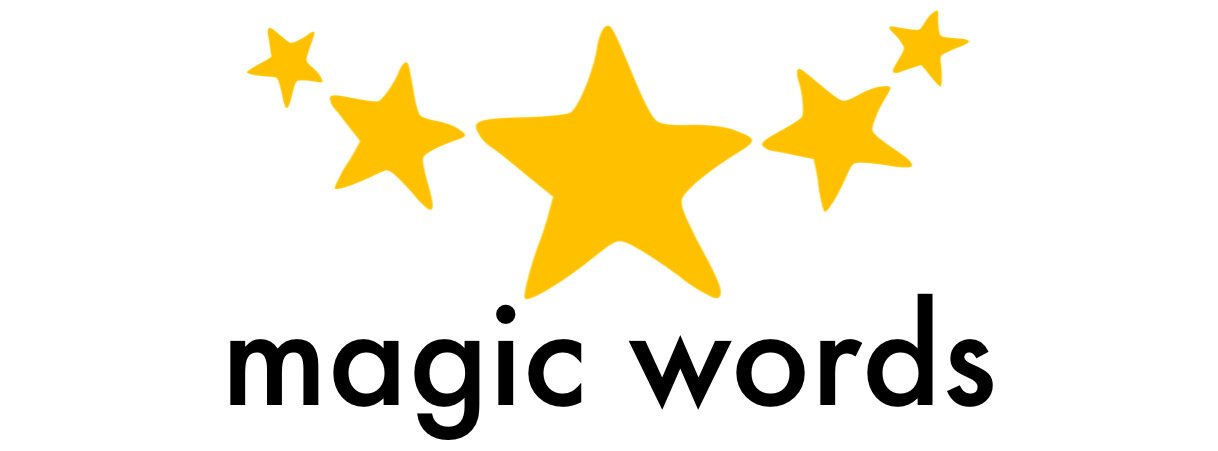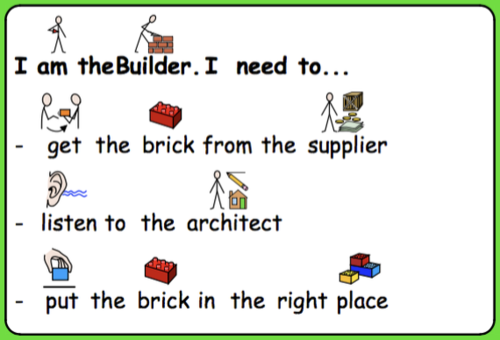The Magic of Books
The Magic of Books: How Reading with Children Builds Happy, Hungry Minds
By Specialist Speech and Language Therapist Frankie Paterson
“The more that you read, the more things you will know. The more you learn, the more places you’ll go.”
Books take children to new places by helping them do well in school and in life. The stories they read take them on journeys in their imaginations where they can discover new worlds and meet new people whilst encountering language and ideas that enrich their lives. Reading helps children develop critical thinking skills and empathy for others and enhances their wellbeing and mental health.
We know all this. There is a wealth of research to prove it. And yet in 2019 it was found by the NLT (National Literacy Trust) that 383,755 children and young people in the UK didn’t have a single book of their own. Disadvantaged children were found to be even more likely than their peers not to own a book (9.3% vs 6%). *
So how does reading and being read to help children? In order to learn to read and write children first need a strong foundation of good spoken language skills. Children’s spoken language develops through the ‘back and forth’ of turn-taking in conversation, exposure to a wide range of words to build vocabulary and to songs, rhymes, books and stories, including establishing regular reading habits and something called dialogic reading.
Dialogic reading is an interaction, a shared experience between adult and child over a book. The adult follows the child’s interest and they chat together about what’s on the page or about experiences the child may have had that relate to the story. Doing this makes story reading a bonding experience that yields a great deal in the way of language learning. Dialogic reading might even go beyond the power of spoken conversation for developing children’s language skills.** Through dialogic reading children hear words in a variety of contexts. Pictures in books support the child’s understanding of the story and of the new words being encountered. Valuable discussion can be had about the meanings of words or the reason characters might have acted or thought in a certain way; this helps children develop analytical and inferential thinking. Dialogic reading helps young children develop joint attention with an adult which is vital for all their future learning. Children who read with their parents are more likely to go on to read books independently for pleasure. Reading for pleasure has been found to be more important to a child’s academic success than their parents’ socio-economic status. ***
We also know that children who read for pleasure have significantly better mental wellbeing than their peers who don’t. **** During the first national lockdown in 2020 an NLT survey found that 3 in 5 (59.3%) of the children and young people asked said that reading makes them feel better. *****
Regular reading routines benefit everyone in the family, not just children. The ‘bath book bed’ ritual offers parents and children protected time together amidst busy family life. The act of a parent reading to a child shows them they are important enough to get Mum or Dad’s attention in that moment and so can be hugely instrumental in building healthy attachment. Daily reading with children benefits adults too. Five to ten minutes a day of reading a book with your child is a quick way to increase your confidence in your parenting skills while having the fun and bonding experience of escaping into a story together.******
You don’t need to have great reading skills for this. Storytime should be an interaction between you and your child more than an exercise in reading ability. What can you see on the page? What might happen next? Why did a character do what they did? How might they feel? How did the story make you feel? You can get so much interaction and language out of just looking at a picture book together without reading any of the words. I do this all the time in my therapy with children. For parents who really struggle with reading there are silent picture books, containing no words at all, where captivating stories are told through illustrations alone.
Our Magic of Words in Books project is as much about getting families reading together as it is about donating books to children. For every therapy session we deliver in 2021 we will donate books to children who need them. Alongside this we are launching a campaign to show parents and educators how to share books with children in the way we do it in our therapy sessions.
I’ll leave you with some thoughts about how to get children passionate about reading. Most importantly make sure that they’re accessing books they’re excited and captivated by. Scour the library, local bookshop or online bookseller for books about things your child is into or that will capture their unique imagination. There are millions of books out there and you will be able to find some your child likes. Continue reading with your children way beyond the age they can read for themselves, carry on as long as they’ll let you! Ten minutes a day is enough. Even fitting in two or three minutes at different times in the day will do them, and you, the world of good.
* National Literacy Trust’s ninth Annual Literacy Survey, 2019.
** E. T. Rodriguez, C. S. Tamis-LeMonda, M. E. Spellmann et al., “The formative role of home literacy experiences across the first three years of life in children from low-income families,” Journal of Applied Developmental Psychology, vol. 30, no. 6, pp. 677–694, 2009.
*** OECD (2010), PISA 2009 Results: Learning to Learn: Student Engagement, Strategies and Practices (Volume III)
**** The National Literacy Trust’s eighth Annual Literacy Survey of 49,047 children and young people aged 8 to 18 in the UK. https://literacytrust.org.uk/research-services/research-reports/mental-wellbeing-reading-and-writing/
***** https://literacytrust.org.uk/news/jacqueline-wilson-our-first-author-week-our-relaunched-virtual-school-library-oak-national-academy/
****** Egmont’s Reading for Pleasure Survey February 2019. https://www.egmontbooks.co.uk/wp-content/uploads/sites/37/2020/05/Reading-for-Pleasure-2019-paper.pdf



















































